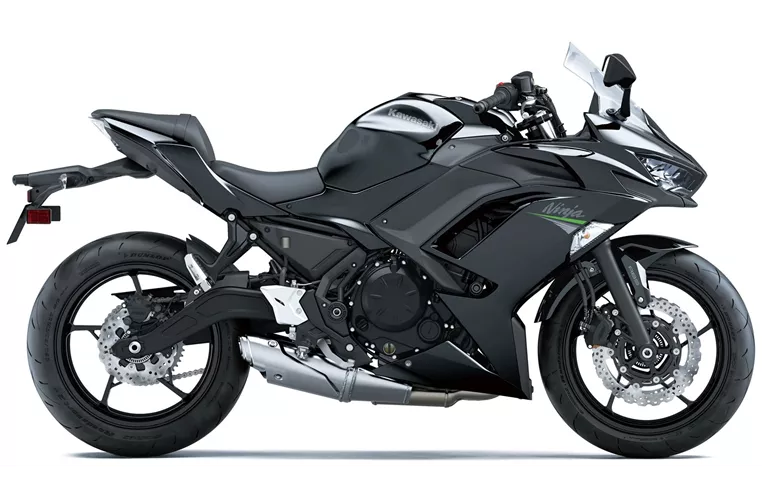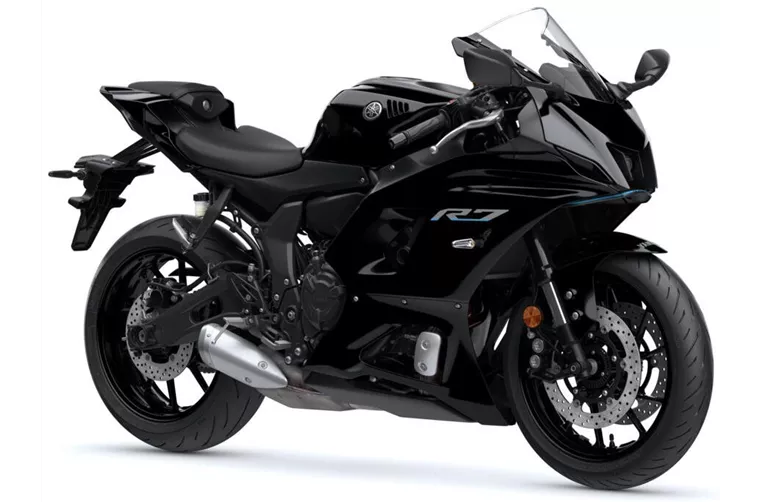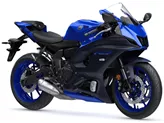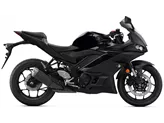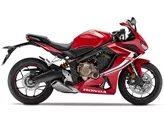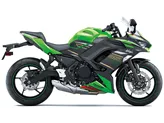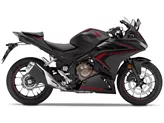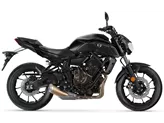Kawasaki Ninja 650 2020 vs. Yamaha R7 2022
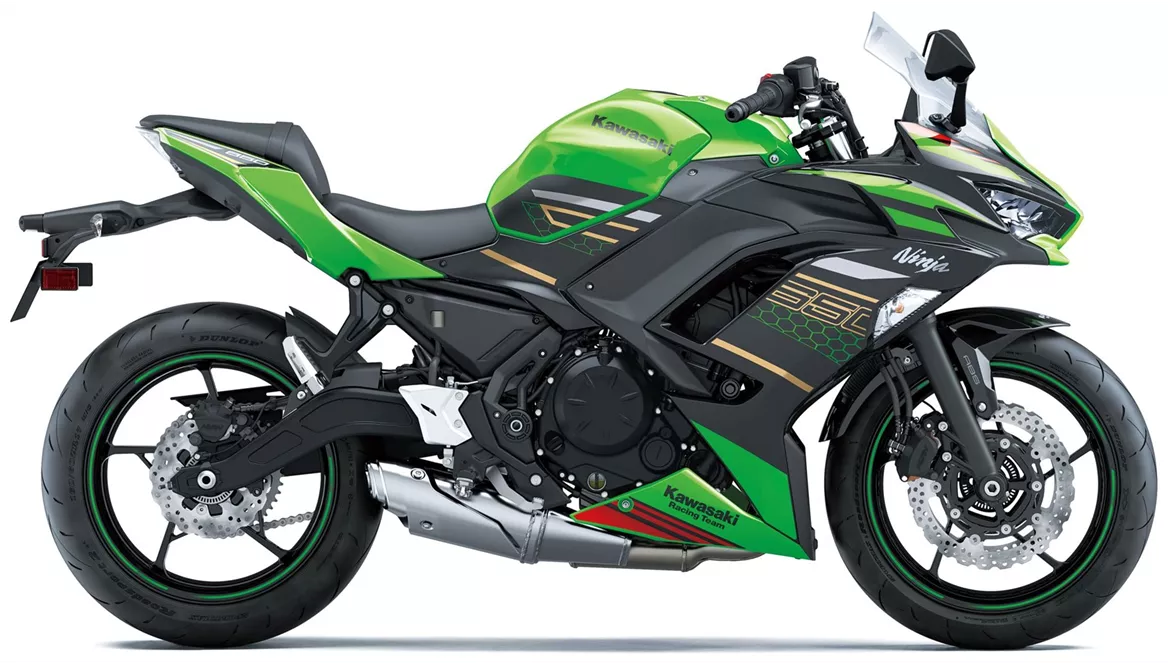
Kawasaki Ninja 650 2020
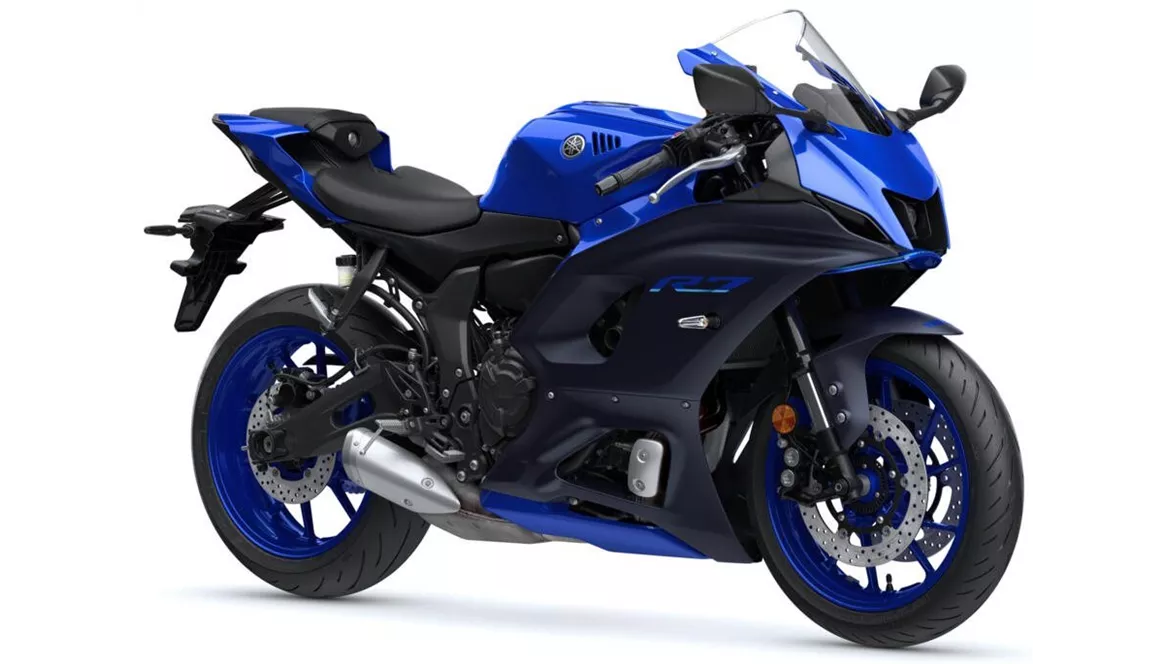
Yamaha R7 2022
Overview - Kawasaki Ninja 650 2020 vs Yamaha R7 2022
The Kawasaki Ninja 650 2020 and the Yamaha R7 2022 are both supersport motorcycles that offer powerful performance and sporty aesthetics. However, there are some notable differences between the two models.
In terms of engine specifications, the Kawasaki Ninja 650 2020 is equipped with an inline two-cylinder engine with a displacement of 649cc. It produces a maximum power of 68.2 HP and a torque of 65.7 Nm. On the other hand, the Yamaha R7 2022 also features an inline two-cylinder engine but with a larger displacement of 689cc. It delivers a higher power output of 73.4 HP and a torque of 67 Nm. The Yamaha R7 2022 has a slightly higher compression ratio of 11.5 compared to the Kawasaki Ninja 650 2020's 10.8.
Both motorcycles feature a similar suspension setup with a telescopic fork at the front and a swing arm with a monoshock at the rear. However, the Yamaha R7 2022 has an upside-down telescopic fork at the front, which is generally considered to provide better performance and stability during aggressive riding.
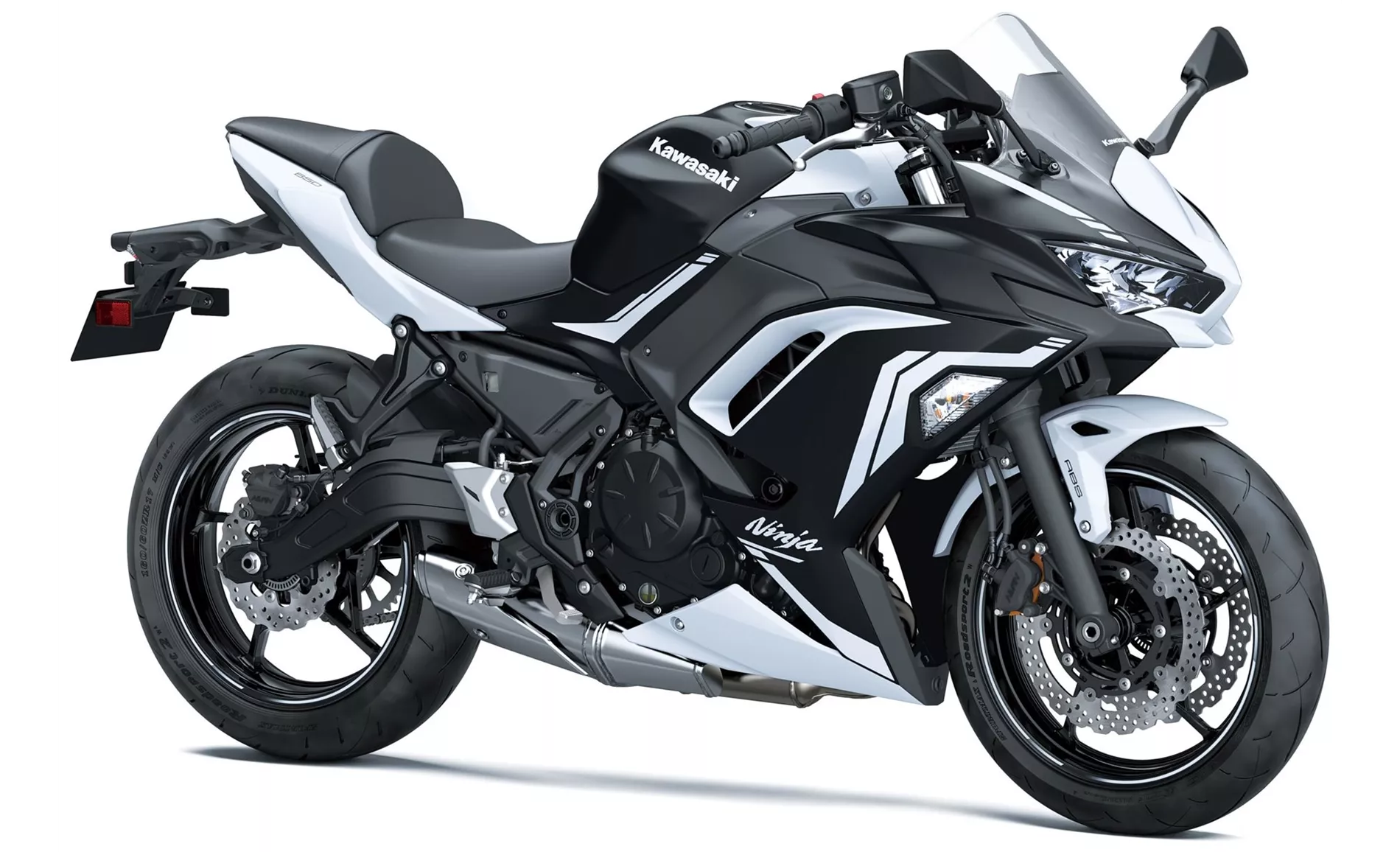
Kawasaki Ninja 650 2020
In terms of braking, both models come with double disc brakes at the front. However, the Yamaha R7 2022 features radial brakes, which offer improved braking performance and more precise control compared to the petal brakes on the Kawasaki Ninja 650 2020.
In terms of dimensions, the Yamaha R7 2022 has a slightly shorter wheelbase of 1395mm compared to the Kawasaki Ninja 650 2020's 1410mm. The Yamaha R7 2022 also has a smaller fuel tank capacity of 13 liters, while the Kawasaki Ninja 650 2020 can hold up to 15 liters of fuel. Additionally, the Yamaha R7 2022 has a rear tire width of 180mm, which is wider than the 160mm rear tire on the Kawasaki Ninja 650 2020.
When it comes to equipment, the Kawasaki Ninja 650 2020 offers additional features such as LED daytime running lights and a TFT display with connectivity. The Yamaha R7 2022, on the other hand, only comes with LED headlights.
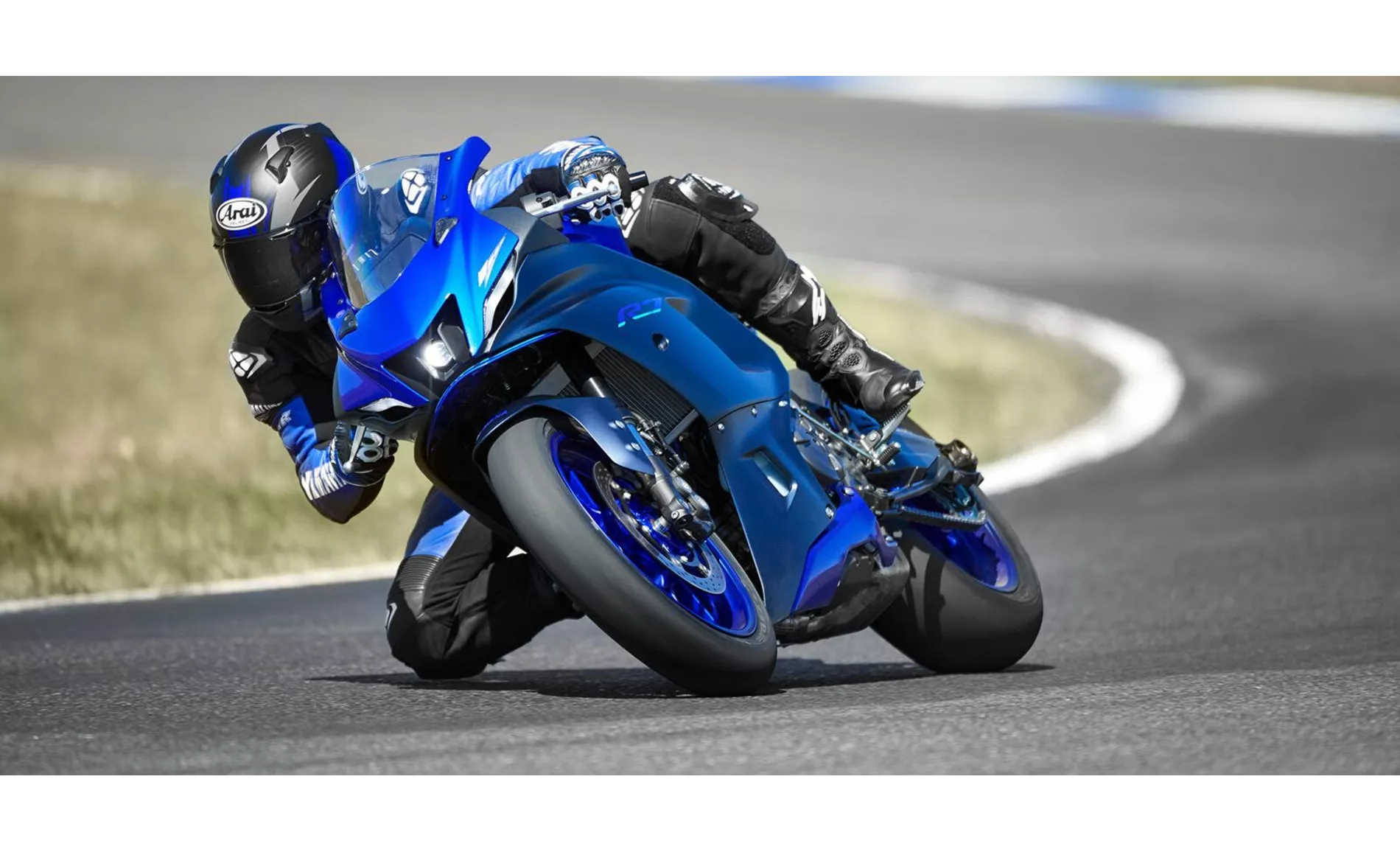
Yamaha R7 2022
In terms of strengths, the Kawasaki Ninja 650 2020 is praised for being one of the last of its kind, offering a powerful two-cylinder engine, a comfortable seat suitable for touring, compact dimensions, and a beginner-friendly seat height. It also has a stable chassis and a sporty look. On the other hand, the Yamaha R7 2022 is commended for its CP2 engine, which provides punch from below and in the middle, as well as its front-wheel-oriented seating position, adjustable chassis, manageability, and good brakes.
In terms of weaknesses, the Kawasaki Ninja 650 2020 may not be suitable for tall riders due to its overall dainty size. It also has some issues with the front brake pressure point and limited suitability for touring with two people. The Yamaha R7 2022, on the other hand, lacks a TFT display, which may be a drawback for some riders.
Overall, both the Kawasaki Ninja 650 2020 and the Yamaha R7 2022 are capable supersport motorcycles with their own unique strengths and weaknesses. Choosing between the two would depend on the rider's preferences and priorities, such as power, comfort, and additional features.
Technical Specifications Kawasaki Ninja 650 2020 compared to Yamaha R7 2022
Pros and Cons in comparison
Pros and Cons in comparison
Kawasaki Ninja 650 2020
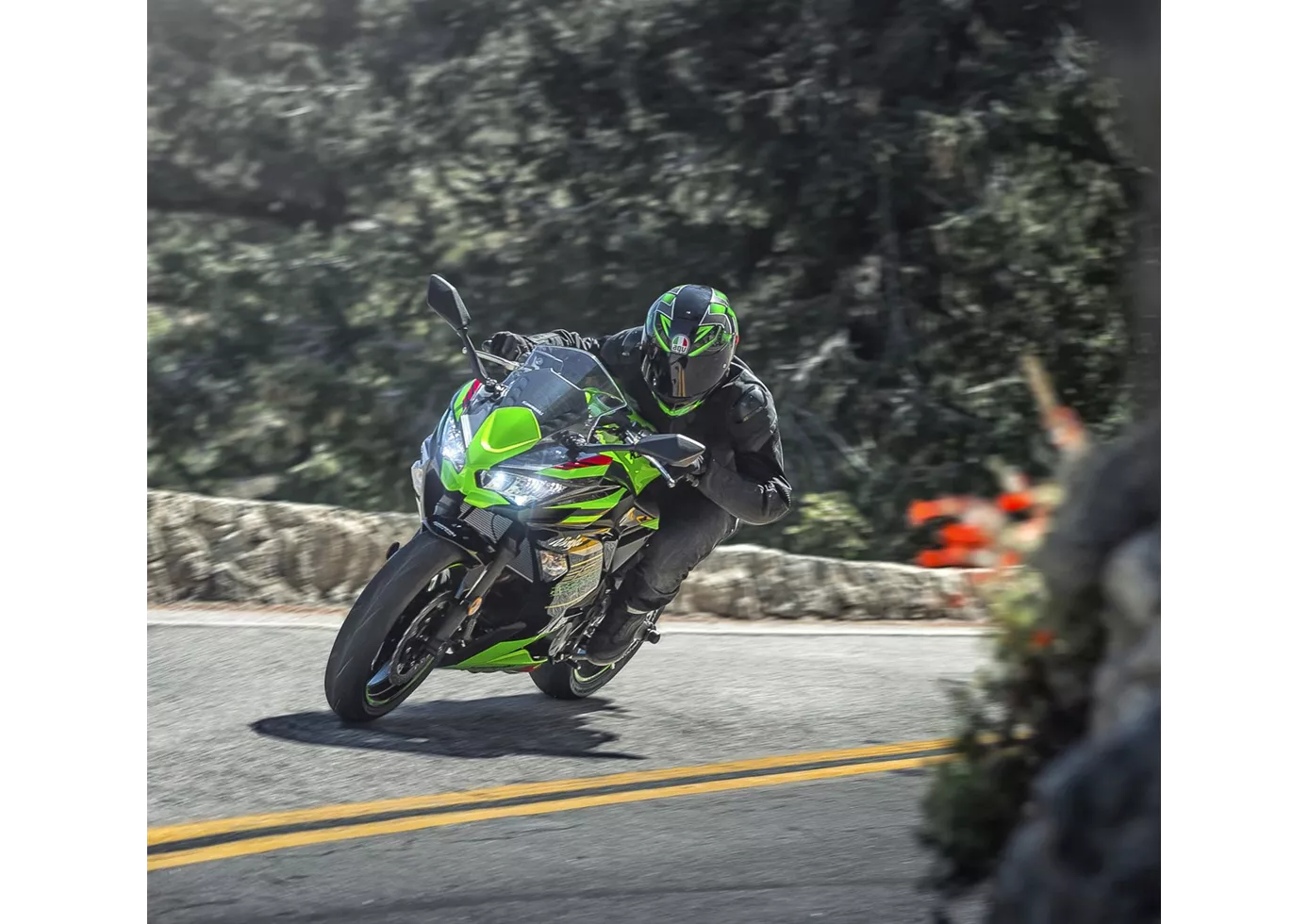
Save the sport tourer! With the Ninja 650, Kawasaki has created an exemplary representative of this class and (hopefully) solved the problem of the new generation. The stable chassis and the decent two-cylinder will delight beginners and advanced riders alike, even at a brisker pace. The front brake is a little too well intentioned, lacking a transparent pressure point despite basically good braking performance. Another plus is the TFT display, which we don't find in the competition at the moment, as well as the grown-up look, which is strongly oriented towards the larger Ninja models.
Yamaha R7 2022
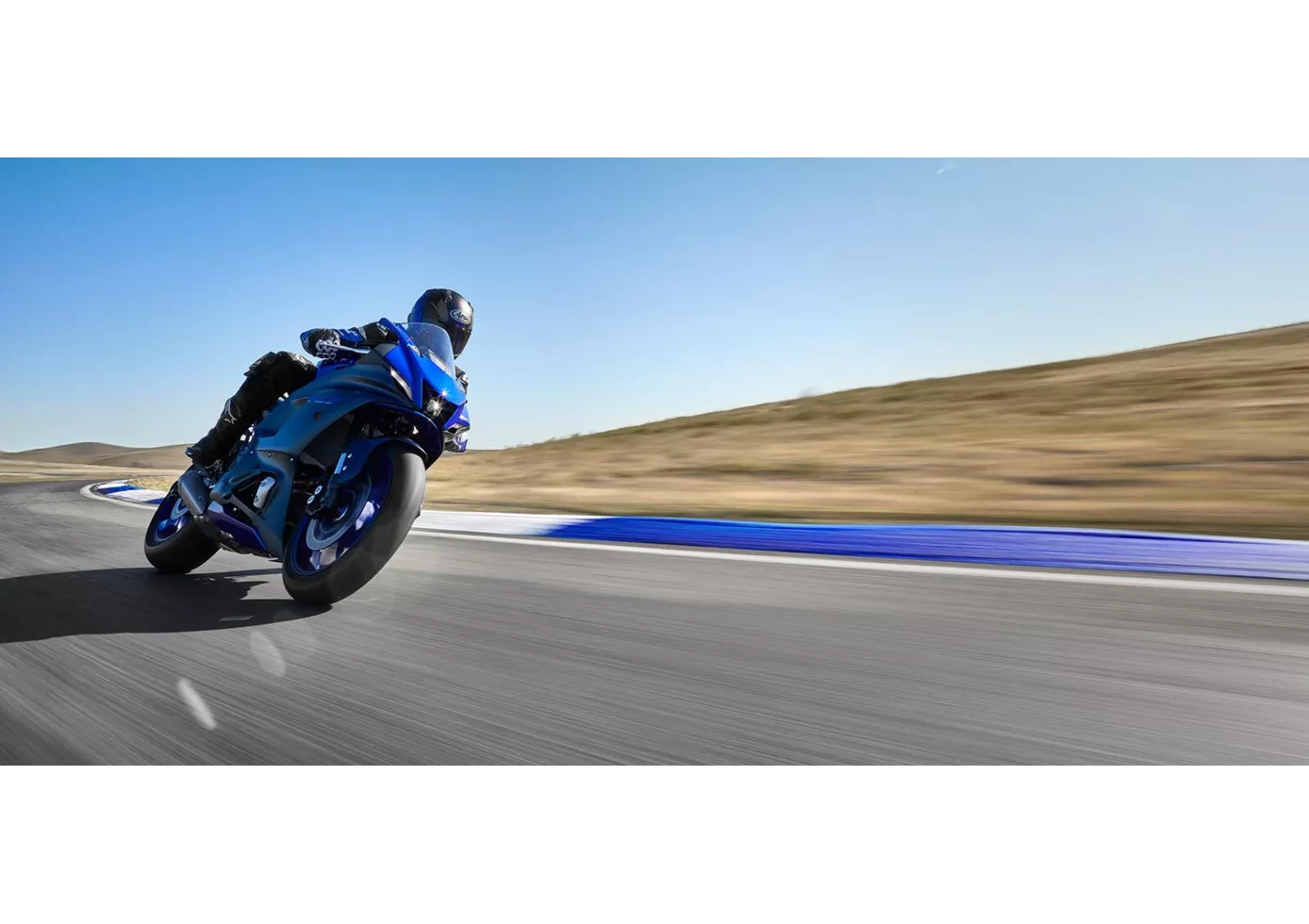
Those who expect the Yamaha R7 to be a half-hearted solution will be surprised at how well-balanced the little supersports bike is. Of course, the engine with just over 70 hp doesn't have what it takes to challenge the R6, for example, but the engine with its punch from below fits the character perfectly. The chassis components are of high quality, even fully adjustable at the front, and the handling of the slim grenade is absolutely awesome. The seating position is fine, not as radical as on a real super sports bike, and therefore suitable for everyday use.
Price Comparison Avarage Market Price Kawasaki Ninja 650 vs Yamaha R7
There are a few key differences between a Kawasaki Ninja 650 2020 and a Yamaha R7 2022. In terms of price, the actual average price of a Yamaha R7 2022 is about 33% higher. Compared to Yamaha R7 2022 there are less Kawasaki Ninja 650 2020 bikes available on the 1000PS.de Marketplace, specifically 10 compared to 44. It takes less time to sell a Kawasaki Ninja 650 with 75 days compared to 87 days for a Yamaha R7. Since model year 2017 1000PS.de editors have written 20 reviews for the Kawasaki Ninja 650 and 9 reviews for the Yamaha R7 since model year 2021. The first review for the Kawasaki Ninja 650 was published on 10/4/2016 and now has more than 79,600 views. This compares to more than 92,800 views for the first review on Yamaha R7 published on 5/18/2021.
